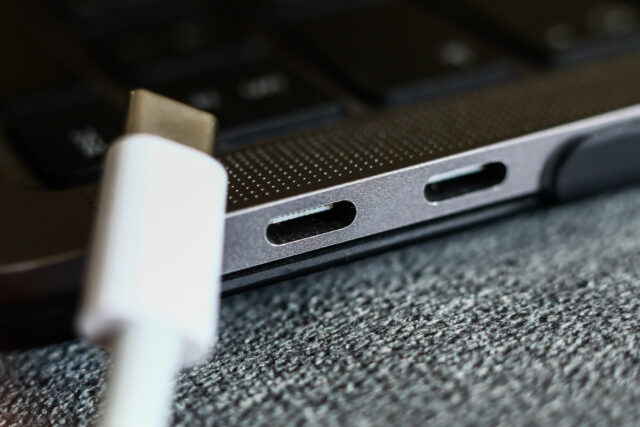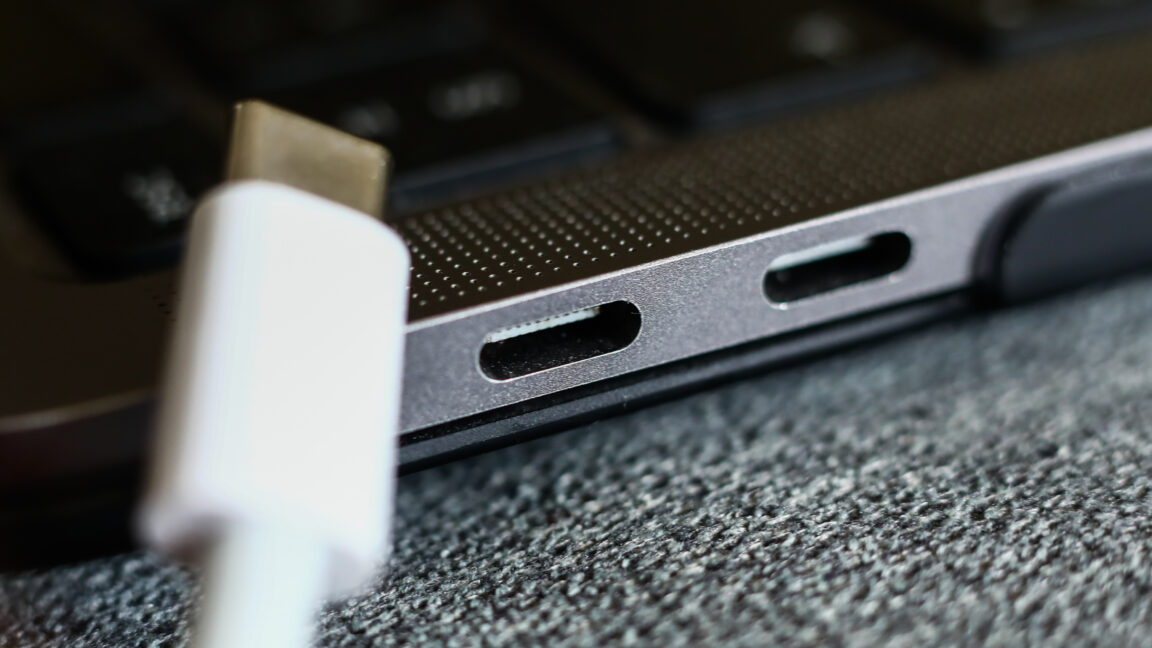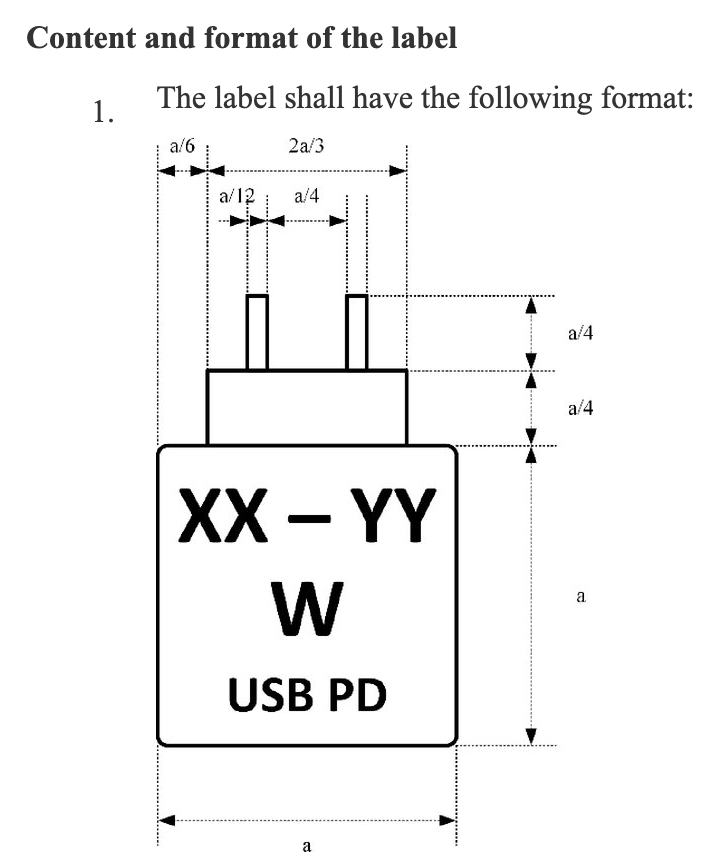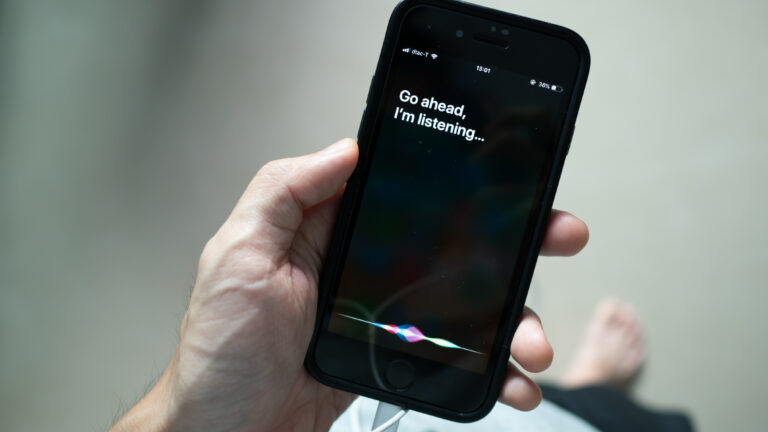"It's time for THE charger," the European Commission posted to X on December 28, 2024. While the sentiment only applies to one continent (and not all of it) and only certain devices, the Common Charger Directive now in effect in the European Union suggests that far fewer gadgets will foist barrels, USB-micro, or proprietary plugs onto their owners.
The Common Charger Directive demands that a "USB-C receptacle" be equipped on "radio equipment" that is "equipped with a removable or embedded rechargeable battery" and "can be recharged via wired charging." If it has a battery and can be powered by up to 100 watts through a USB-C connection, it's generally subject to the EU's USB-C requirements. The directive applies to devices "placed on the market"—sent to a distributor or buyer—after December 28, even if they were initially designed and sold before that date.
Laptops get until April 2026 to comply, but most other things—phones, tablets, handheld gaming devices, computer accessories, and wireless headphones—will have to be powered by USB-C to be sold inside the EU from now on. Drones, for the time being, are largely unaddressed by the directive, but the EU will likely get around to them.
The directive contains several exceptions and some wiggle room. Devices with non-rechargeable batteries, like coin cells or AA/AAA batteries, get a pass, such that many smart home gadgets are off the hook. There is some vague language around devices that recharge inside a case or box, although earbud cases are specifically included in the mandate. Devices that only charge wirelessly are also exempted. And a device can offer another charging option, like Apple's MagSafe or proprietary plugs, so long as USB-C charging is also available.




 Loading comments...
Loading comments...
